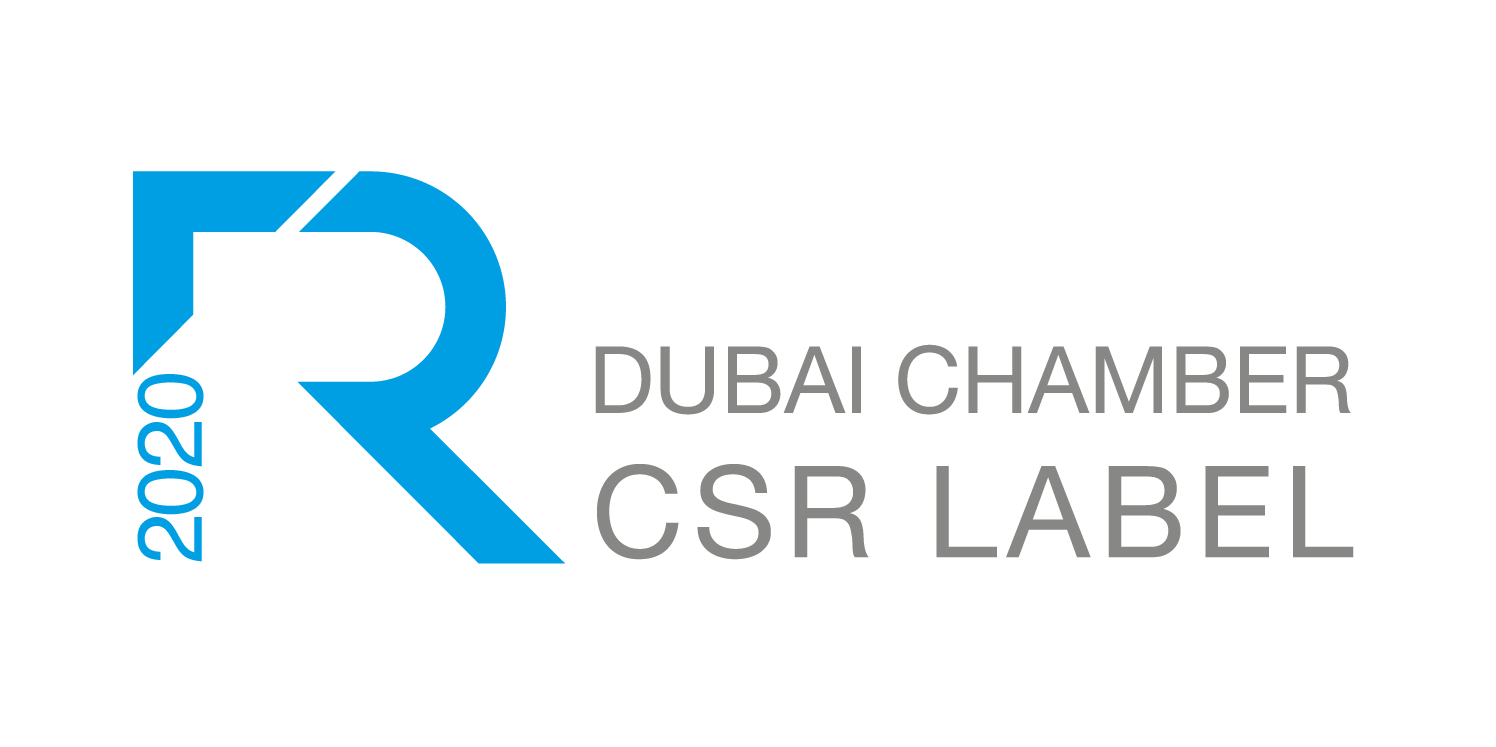
Haitham Al Refaie, Group Chief Executive - Tawreeq Holdings, writes for the World Factoring Yearbook about supply chain finance in MENA and solutions for growth.
Amid an uncertain growth outlook and a turbulent economy across the globe and in the Middle East and North Africa (MENA) region this year, the rapid changes surely confirm a growing opportunity for an evolving supply chain finance market. The recent dynamic economic changes in the MENA region have little impact on the positive long-term outlook. Businesses in the region are poised, agile and dynamically positioned to benefit from a strategic trade location and a youthful population.
The youth economy of MENA (with nearly 40% younger than 25 years old according to the World Bank) represents a positive trend that will support GDP growth for years to come. The region is a strategic east-west corridor, a connection to Africa and a growing trade hub benefiting the newly rising China ‘Silk Road’. With the need for businesses to extensively capitalize on growth opportunities, the financing scene is still behind in providing solutions.
Wealth is not distributed evenly across the MENA region. Nonetheless, the banking sector is rather stable with sound balance sheets. Banking financial assets distribution is more concentrated in the GCC, although rising competition is expanding the landscape and supporting more movement of capital across the region, especially in the wake of the drop in oil prices. The great need for economic diversification and support of the private sector collides with the fact that the majority of the business community is classified within the group of small and medium sized enterprises (SMEs), for which the banking sector is further restricting access to liquidity. Therefore, the economic wheel of change remains at a standstill.
It is important to highlight the niche market and developing solutions in the region, rather than discuss the quite evident challenges. Supply chain finance is a case in point. It has become an industry buzzword, a maturing and recognized market in America and Europe, and is rapidly growing in Asia. However, SCF is still in its infancy in MENA. SCF covers a wide range of products and solutions; however the Global Supply Chain Finance Forum’s Standard Definitions for Techniques of Supply Chain Finance has taken a positive step forward in creating the first industry unified definition of SCF. The master definition is as follows: “Supply chain finance is defined as the use of financing and risk mitigation practices and techniques to optimize the management of the working capital and liquidity invested in supply chain processes and transactions. SCF is typically applied to open account trade, and is triggered by supply chain events. Visibility of underlying trade flows by the finance provider(s) is a necessary component of such financing arrangements which can be enabled by a technology platform.”
The need to improve access to finance for SMEs has fuelled the development of the SCF industry globally. To hit the cord for MENA, the realization of the impact it will have on the financial ecosystem makes all the difference. While there are many hurdles to its growth across MENA, and particularly the GCC, the sector has seen positive gains in recent years. The estimated formal credit gap for SMEs in the region by the IFC is around 160-180 billion USD. Focusing on working capital solutions and access to finance offered through different SCF products, especially factoring on the receivables side, will have a direct impact on the heart of the economy.
As a form of SCF, factoring in particular offers a perfect solution for promising growth prospects in the MENA region:
- The MENA region- the UAE in particular- is rapidly evolving into a global trading hub, connecting east and west, with a gateway into Africa.
- Open account trade is now ‘the norm’ in business practices, reducing transaction costs in the face of rising market competition.
- Structured credit enhanced solutions mitigate trade risks and provide alternative investments, as well as an opportunity for investors and banks to access the market.
- Rapid up take of technology by businesses.
Financial systems designed to contribute to the evolving economic ecosystem must focus on building infrastructure, facilitating trade and promoting financial inclusion. To foster the growth of factoring in the MENA region, the approach to the market is more holistic and collaborative between factors, banks, insurance providers and corporates. Incorporating the benefits of all stakeholders in the chain adds value to factoring, directly translating into real economic benefit. The risk-averse and change resistance mentality, mainly by corporates and banks in the region, is of no constraint to market growth.
Another key element to consider is the sizeable demand and rapid growth in Islamic finance in the region and from the region, which is gaining global traction. There is a wealth of Sharia-compliant financial products and services, which serve the liquidity and financial needs of businesses, limiting their capacity to grow. To that end, the factoring market landscape is fragmented, with ample solutions provided across the region. The biggest markets are the UAE, Egypt, Morocco and Lebanon, while the other countries are in their start up stages. A few banks in the region offer factoring, however, there is barely any focus on this from the Islamic Banks.
To focus on the market needs, we must be aware of changing business needs and requirements, based on fostering a dynamic buyer-supplier relationship. To support the growth of the factoring industry across MENA, collaboration will be the key to establish a stronger market. With a lack of credit bureaus, data records and invoice registries, insubstantial product knowledge in the finance industry and businesses alike, and absence of clear regulatory framework, we must encourage the ‘pillars of the industry’ to support its growth.
This is a key area that Tawreeq Holdings is focusing on, by fostering a platform for all stakeholders to come together. Connecting all the major contributors in the market will help to plug the gap between the banking sector and businesses, providing direct economic benefits to all stakeholders. The focus is on easing the burden on companies’ working capital and helping to match payment terms and liquidity needs, thus directly tackling the illiquidity risks that companies are often exposed to.
The platform also aims to promote a cohesive ecosystem through connecting investors to innovative financial instruments backed by real time economic transactions. This model delivers benefits to all stakeholders by providing new short-term financial instruments at competitive returns. Liquidity and capital management are critical problems for SMEs and established corporates alike, and it is essential to increase the knowledge of SCF among businesses and the financial industry to support its expansion.
The MENA region fosters a very promising market for the growth of supply chain finance, promoting macroeconomic growth and financial stability through alternative and structured financial solutions.



